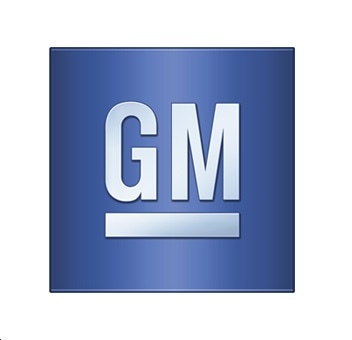GM規格 GMW8287 3rd Edition, 2017: Highly Accelerated Life Testing (HALT) Highly Accelerated Stress Screening and Auditing
※当ウェブ・ショップに掲載のない規格につきましては、別途お問合せ下さいませ。
※掲載の規格は、当ウェブ・ショップに掲載時点で確認できた最新版でございます。
最新の発行状況につきましては受注時に改めて確認をさせて頂きますので予めご了承下さい。
Description
Introduction
Note: Nothing in this standard supercedes applicable laws and regulations.
Note: In the event of conflict between the English and domestic language, the English language shall take precedence.
Purpose. This standard is intended for use as a guideline in performing the Highly Accelerated Life Testing (HALT) and Highly Accelerated Stress Screening (HASS)/Highly Accelerated Stress Auditing (HASA) process and using the resulting data in a valid statistical control process to stabilize and improve the product. This standard presents an acceptable and certifiable process for implementing a ʺcommon processʺ across diverse organizations. The goal of defining the requirements of the HALT and HASS/HASA process provides the framework for qualification of a company’s HALT and HASS/HASA process through means of an audit. Adherence to this standard will provide the potential for companies to achieve optimal HALT and HASS/HASA effectiveness. HALT testing typically results in more robust and quicker to market products. The HALT process consists of three (3) steps: Physical test, root cause analysis, and corrective action. All three steps are critical, as the physical test alone will make no difference in the robustness of the product. The increased level of robustness achieved during development with HALT will be maintained during production using the HASS/HASA process. The data and information obtained during HASS/HASA is most useful when good statistical process control methods are applied. These methods include control charts to view and react to the data from a ʺsignal to noiseʺ point of view. The other quality control method that should be used is the use of Pareto charts to assist in identification of the root cause of problems and maintain focus on the vital few causes that dominate the source of problems
Applicability. HALT applies to new technology/designs and can also be used to evaluate product improvements. HASS and HASA are used to detect unexpected and random quality issues during production.
Remarks. The process elements to successfully implement and perform HALT and HASS/HASA are defined in this standard. This standard identifies technical responsibilities, equipment requirements, testing practice competencies, and statistical quality control methods that will optimize the total process. Adherence to this standard will provide management and test personnel with a common process that represents a collection of ʺbest practicesʺ. Procedures are explained in detail; however, the basic nature of the HALT process is one of discovery that requires flexibility of process as it progresses. Consider the HALT related numerical values and procedures as a general guideline. Each product that is destined for the HALT process will dictate its own unique set of test values and stress steps. Accept the ambiguity that is intrinsic to an explorative development test. This standard applies to a diversified mix of product segments, including electronic assemblies and electromechanical assemblies, and may be applicable to certain mechanical assemblies as well.
Note: The use of the acronym HALT has become universally used and accepted by a wide range of industries as a generic reference to a specific type of accelerated testing which uses a combination of very rapid temperature change and all axis broadband vibration.
Several manufacturers now produce HALT like test chambers, and General Motors does not endorse any one brand over any other brand, even though the most commonly used acronym of HALT is used exclusively in this standard.











